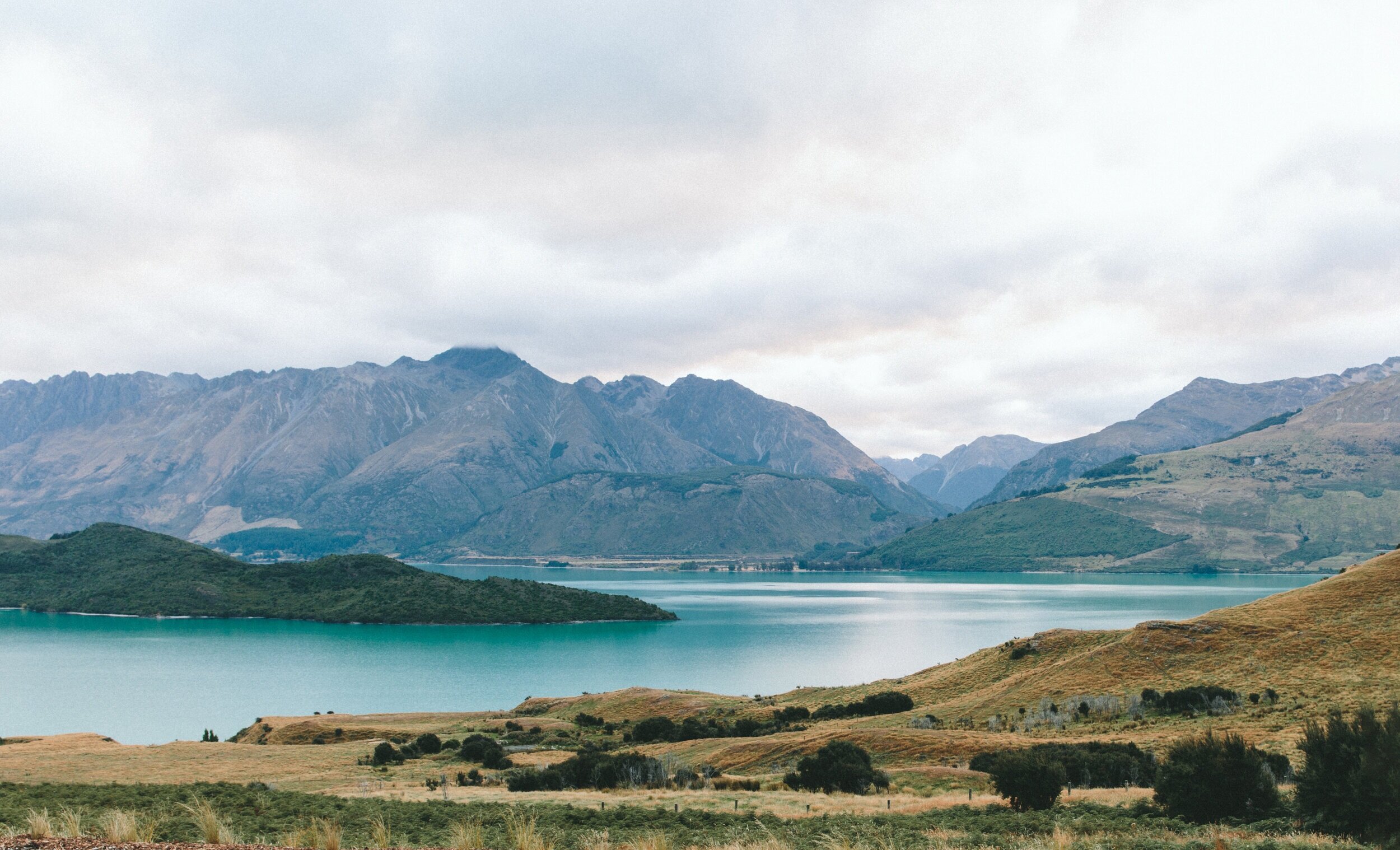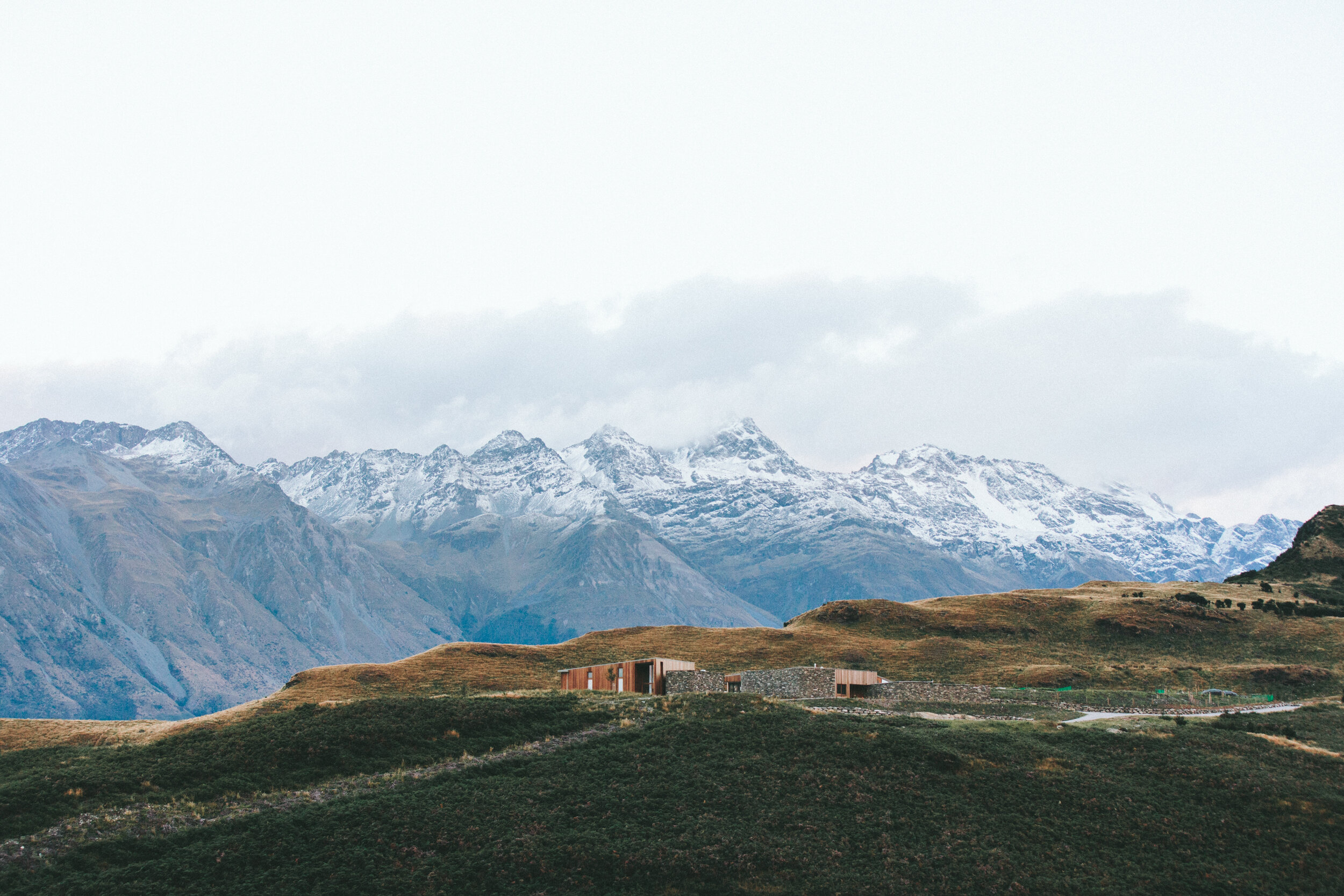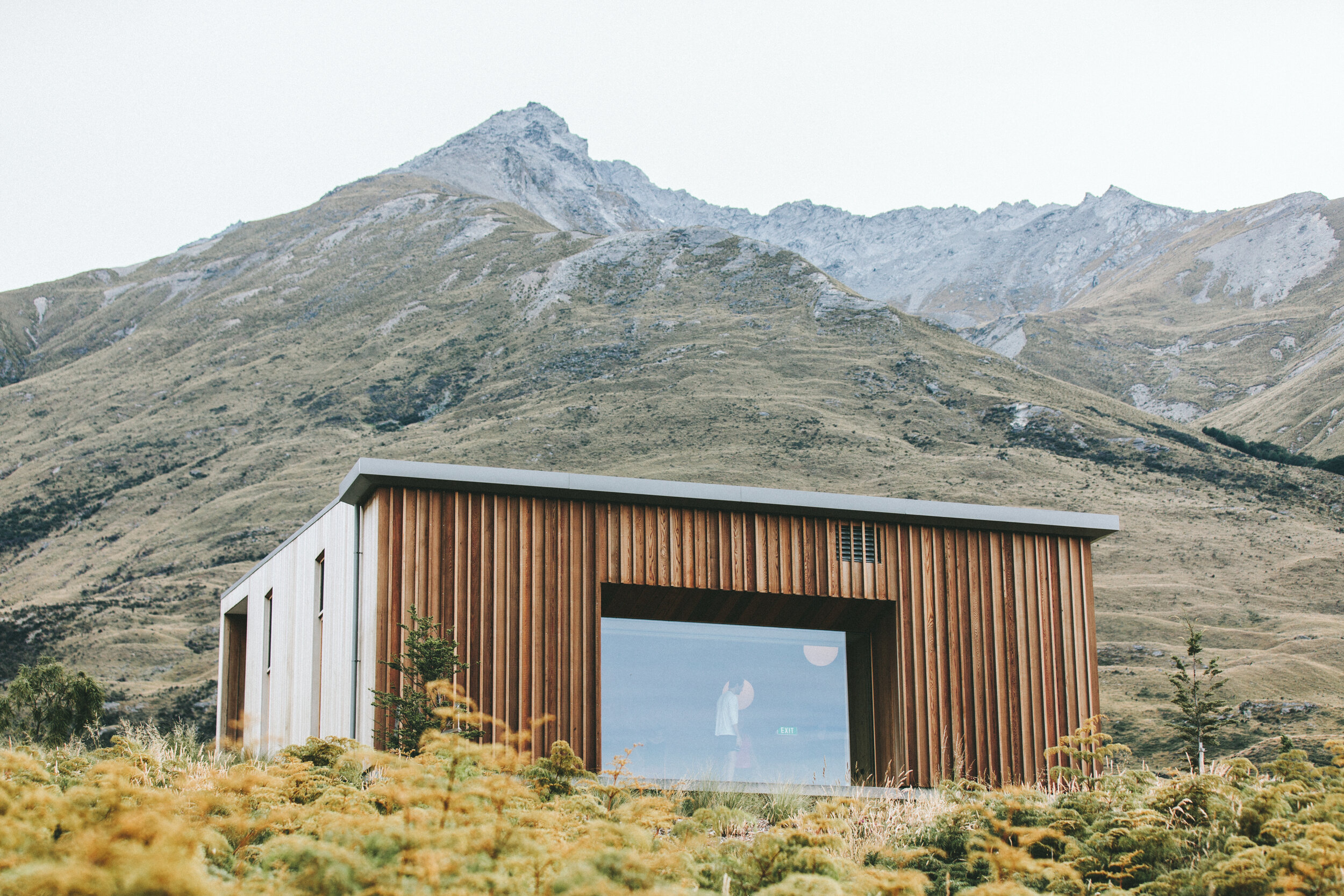Venice has always been one of the most visited cities in the world, not only for its many events related to ancient traditions, such as the famous Carnival of Venice or the unmissable Festa del Redentore, but also and especially for its history and art treasures preserved in the many museums of this magical city. These include some of the most prestigious exhibition spaces in the world, such as the Peggy Guggenheim Collection, and grand palaces such as Ca' Rezzonico or Ca' Pesaro, which became museum centers after having been the homes of important noble families.Interior of the Gallerie dell'Accademia
Should the weather not be on your side during your stay in Venice, or should you encounter the phenomenon of high water, take the opportunity to stay indoors and visit some of these fascinating sights.
Precisely because of their copious number, we have made for you a selection of the ten must-see museums in Venice, which, although they represent only a part of the city's enormous artistic heritage, constitute its most lively and essential one.
1. PEGGY GUGGENHEIM COLLECTION
The Peggy Guggenheim Collection is one of the most prestigious museums of modern art in the world, encompassing hundreds of 20th-century European and American works of art. It is housed at the Palazzo Venier dei Leoni, in what was once the home of Peggy Guggenheim. The patron's great love for the avant-garde movements of the 20th century, from abstractionism to futurism, has resulted in one of the richest collections in the field, including major masterpieces by artists such as Boccioni, Chagall, Dali, Magritte, Modigliani, Picasso, Warhol and many others. The museum houses not only Peggy Guggenheim's personal collection, but also large works from the Hannelore B. and Rudolph B. Collection. Schulhof, the Patsy R. and Raymond D. Nasher Sculpture Garden, and many temporary exhibitions.
But the Peggy Guggenheim Collection is more than just a museum. In fact, gala dinners, exclusive events, and private tours of the collection or temporary exhibitions are often organized here, granting exclusive use of the garden, the viewing terrace on the Grand Canal, and the Museum Café, such as at the popular Happyspritz@guggenheim events during the summer season.
Address: Calle San Cristoforo, Dorsoduro 701-704
Hours: open daily (except Tuesdays and Dec. 25), 10 a.m. to 6 p.m.
Skip-the-line tickets for the whole day (8 hours): € 19.50 full, € 13.50 reduced (10 to 18 years), children under 10 free
Vaporetto: line 1 stop Accademia or Salute, line 2 stop Accademia
2. ACADEMY GALLERIES
The Accademia Galleries are the world's most important gallery of Venetian painting between the 14th and 18th centuries. Since 1807, they have been located within a complex consisting of three buildings, such as the Scuola Grande della Carità, the Church of Santa Maria della Carità, and the Convento dei Canonici Lateranensi built by Palladio. The collection was initially born as the Picture Gallery of the Academy of Fine Arts, becoming an autonomous museum only at the beginning of the 19th century. In its rooms we can find a fascinating collection of paintings that, spanning a period of five centuries, provides a complete portrait of the Venetian school, from the medieval and Byzantine period to the Baroque, passing through the Renaissance. Inside are some of the masterpieces of great masters such as Bellini, Giorgione, Mantegna, Titian, Tintoretto, Veronese, and Tiepolo.
Among the most prestigious sections of the Galleries is the Picture Gallery, which can be visited on Friday and Saturday mornings by appointment. It is a section of excellence where 88 masterpieces by artists of Venetian painting from the late 15th and 18th centuries, from Nicolò di Pietro to Cima da Conegliano and Tintoretto, to Tiepolo, Longhi and Hayez, are on display, preserved in the Palladian monastery next to the Galleries.
Address: Campo della Carità, Dorsoduro 1050
Hours: open Mondays from 8:15 a.m. to 2 p.m., other days from 8:15 a.m. to 7:15 p.m. (closed Jan. 1, May 1 and Dec. 25)
Tickets: €9 full, €6 reduced, free every first Sunday of the month (with temporary exhibitions ticket price may vary)
Vaporetto: line 1 or 2 stop Accademia
3. CORRER MUSEUM.
In 1830 Venetian nobleman Teodoro Correr left his rich art collection to the city of Venice. His works, originally housed at the Fontego dei Turchi, were moved in 1922 to the Procuratie Nuove in St. Mark's Square and the 19th-century Ala Napoleonica: this is where the Correr Museum has been located ever since.
Of the vast collection, the Museo Correr houses the Historical Collections, the Quadreria and the Museo del Risorgimento.
The Historical Collections occupy the second floor of the museum. Inside are paintings ranging from the 15th to the 19th century, and sculptures such as Canova's Daedalus and Icarus. Other rooms house artifacts that belonged to the Doges, period costumes, portraits, numismatic collections, official symbols of the Serenissima, and reproductions of the Lion of St. Mark.
On the second floor, we find the Museo del Risorgimento, dedicated to the history of the city and with an exhibition mainly composed of paintings.
Here you will also find the Quadreria, where canvases are arranged following the chronological order of the evolution of the Venetian school. Here you can find must-see works such as Bellini's Dead Christ Supported by Two Angels, Antonello da Messina's Pietà and Carpaccio's Two Venetian Ladies.
Address: St. Mark's Square, San Marco 52
Hours: open daily (except Dec. 25 and Jan. 1) from 10 a.m. to 7 p.m., from Nov. 1 to March 25 it is open from 10 a.m. to 5 p.m.
Skip-the-line tickets (priority entrance): €24.80 full price.
Vaporetto: line 1 stop Vallaresso or San Zaccaria; line 2 stop Giardinetti; line 5.1 or line 4.1 stop San Zaccaria
Duration: 3 hours and 30 minutes.
Buy your ticket online and decide your entry time now!
(no booking fees or credit card charges).
4. INTERNATIONAL GALLERY OF MODERN ART AT CA' PESARO
In 1899 Duchess Bevilacqua La Masa, the building's last owner, bequeathed the residence of Ca' Pesaro, a 17th-century palazzo overlooking the Grand Canal, to the city of Venice to become the site of a permanent art exhibition for young artists. It was here that the new Modern Art Gallery of Venice was opened in 1902.
The Ca' Pesaro International Gallery of Modern Art houses important paintings and sculptures from the 19th and 20th centuries, including masterpieces by Klimt, Chagall, Mirò, Kandinsky, Klee, Matisse, and Moore, as well as a permanent exhibition of works by Italian artists such as Casorati, Sironi, Morandi, and De Chirico.
The Gallery offers an exhibition itinerary along the ten rooms on the second floor of the building, which has been completely renovated in its layout in recent years, offering an evocative key to the evolution of the art-historical period. The second floor, on the other hand, is home to temporary exhibitions.
Among the greatest masterpieces on display at the Gallery are Judith II by Klimt, one of the leading exponents of Art Nouveau, and copies of the sculpture The Thinker by French artist Rodin.
Address: San Stae, Santa Croce 2076
Hours: open daily (except Mondays), 10 a.m. to 6 p.m.
Tickets: €10 full, €7.50 reduced (also includes admission to the Museum of Oriental Art)
Vaporetto: line 1 stop San Stae
5. MUSEUM OF ORIENTAL ART AT CA' PESARO
In the historic palace of Ca' Pesaro, in addition to the International Gallery of Modern Art, on the third floor we find the Museum of Oriental Art of Venice. Here it is possible to admire a collection consisting of thousands of objects of art and high craftsmanship collected by Prince Henry of Bourbon, who between 1887 and 1889 visited Southeast Asia, China, spent a long period in Indonesia and about nine months in Japan, acquiring more than thirty thousand pieces.
Opened in 1929, it is the most important and extensive collection of Oriental art in Europe. Particularly famous is the Japanese section to which seven rooms are devoted and of which objects from the Edo period from 1630 to 1868, such as lacquer artifacts, swords, musical instruments, ceramics, paintings, textiles, weapons and personal items, can be seen.
Within the Chinese section, jade and porcelain from different manufactures are on display.
In the room devoted to Indonesia we find rare kris daggers, batik textiles and leather figures from the wayang, the Indonesian shadow theater. Among the rarest pieces are the gold-painted shell valves used for the Kaiawase game from the Japanese Muromachi period of the mid-14th century.
We also recommend special attention to the splendid jades and ivories that Henry of Bourbon brought from China, Cambodia, and Java Island.
Address: San Stae, Santa Croce 2076
Hours: Tuesday to Sunday 10 a.m. to 6 p.m., Nov. 1 to March 31 10 a.m. to 5 p.m.; closed Mondays, Jan. 1, May 1 and Dec. 25
Tickets: €10 full, €7.50 reduced (includes one admission also to the International Gallery of Modern Art)
Vaporetto: line 1 stop San Stae
6. CA' REZZONICO MUSEUM OF THE EIGHTEENTH CENTURY
The Museum of the Eighteenth Century in Venice is housed in the grand palace of Ca' Rezzonico, the work of architects Longhena and Massari, which belonged from 1751 to 1810 to the Rezzonico family from which it takes its name, and is now owned by the City of Venice. Among the precious furnishings of the period, the museum houses priceless works of the Venetian 18th century by artists such as Tiepolo, Longhi, Guardi and Canaletto.
The visit begins with the grand staircase designed by Massari, and then develops on the second floor through 11 rooms where it is possible to admire 18th-century paintings, sculptures, frescoes and furnishings. Particularly noteworthy is the Brustolon Room, where some of the greatest masterpieces of early 18th-century Venetian carving are on display.
On the second floor, which opens with the Portego of seventeenth-century paintings dominated by two canvases by Canaletto, do not miss the room dedicated to the work of Longhi and the frescoes by Tiepolo taken from Villa Zianigo.
On the third floor is the precious Egidio Martini Picture Gallery,with about 300 works, almost all from the Venetian school, ranging from the 15th to the early 20th century.
Finally, the Browning Mezzanine houses the Mestrovich Collection, including important works by artists such as Tintoretto and Bonifacio de' Pitati.
Address: Fondamenta Rezzonico, Dorsoduro 3136
Hours: open daily (except Tuesdays), 10 a.m. to 6 p.m.
Tickets: €10 full, €7.50 reduced
Vaporetto: line 1 stop Ca' Rezzonico
7. PALAZZO GRASSI
Palazzo Grassi is an important Venetian museum center, hosting major exhibitions of international scope. Built between 1748 and 1772 by Massari, it is the last great neoclassical-inspired palace built on the Grand Canal before the fall of the Venetian Republic. In 1840 the Grassi family sold the palace, which later passed to different owners before hosting the International Center for Arts and Costume in 1951. Taken over in 1983 by the Fiat Group and restored by architect Gae Aulenti, it has become one of Europe's most prestigious exhibition centers, with major art and archaeology exhibitions. Since 2005, the building has been owned by collector François Pinault, who entrusted the reorganization of the spaces to architect Tadao Ando, transforming them into rooms with a minimalist flavor. The museum reopened to the public in 2006 with the exhibition Where Are We Going?, which for the first time reveals Pinault's rich collection of contemporary and modern art.
Together with Punta della Dogana, the museum is the permanent home of works from the François Pinault Collection and also hosts major group and monographic exhibitions.
Address: Campo San Samuele, San Marco 3231
Hours: open daily (except Tuesdays) from 10 a.m. to 7 p.m.
Tickets: €15 full, €10 reduced; €20 full and €15 reduced if also visiting Punta della Dogana
Vaporetto: line 1 stop Sant'Angelo or line 2 stop San Samuele
8. MUSEUM OF NATURAL HISTORY
Formerly home to the Correr Museum, the Fontego dei Turchi palace has housed the Natural History Museum of Venice since 1923. After extensive restoration work lasting nearly 10 years, the museum reopened to the public in 2010 with impressive displays along the eleven rooms on the palace's second floor.
The collections now include two million artifacts spanning 700 million years, including zoological, entomological and botanical collections. In addition to the science library, the ground floor houses two of the most important exhibition spaces, such as the Cetacean Gallery, with the skeleton of a whale and a juvenile sperm whale, and the Tegnùe Aquarium, rich in marine species and invertebrates. The three sections on the second floor are devoted to paleontology, the evolution of nature collecting, and the complexity of living species, their adaptation and various modifications throughout evolution.
Address: Fontego dei Turchi, Santa Croce 1730
Hours: open daily (except Mondays, Dec. 25, Jan. 1 and May 1) from 10 a.m. to 6 p.m.; from Nov. 1 to March 31 it is open Tuesday to Friday from 9 a.m. to 5 p.m., Saturday and Sunday from 10 a.m. to 6 p.m.
Tickets: €8 full, €5.50 reduced
Vaporetto: line 2 stop San Samuele or line 1 stop Sant'Angelo
9. NAVAL HISTORY MUSEUM
Opened in 1923, the Naval History Museum of Venice is housed in a 15th-century building, formerly the Granary of the Serenissima, near the Arsenal. In addition to the main building, whose exhibition area has a total of 42 rooms, the museum includes the Padiglione delle Navi, located in the Arsenal's former oar workshop, and the Church of San Biagio, a place of worship of first the Venetian and then the Austrian navy, now in use by the Italian Navy.
The museum is spread over four floors, the first three of which house equipment from different maritime eras, including models of traditional vessels or oriental ships such as Chinese junks. You will also find exhibits of ancient galley friezes, firearms, and a copy of the Bucintoro, the doges' state galley.
On the top floor is the Swedish Hall, evidence of the dense trade network that linked Venice to Scandinavia for the development of the aviation industry.
As of May 24, 2015, the Naval History Museum is closed to the public for renovations; however, the Ships Pavilion, located near the Arsenal Bridge in Rio della Tana, can be visited, where impressive vessels, including the yacht Elettra, are on display.
Address: Riva San Biasio, Castle 2148
Hours: the Ships Pavilion is open daily from 8:45 a.m. to 5 p.m.; from November 1 to May 31 it is open Monday through Thursday from 8:45 a.m. to 1 p.m., Friday from 8:45 a.m. to 5 p.m., Saturday and Sunday from 10 a.m. to 5 p.m.
Tickets: €5 full, €3.50 reduced
Vaporetto: lines 1, 4.1, 4.2 Arsenale stop
10. GIORGIO FRANCHETTI GALLERY AT CA' D'ORO
One of the richest and most beautiful buildings in the city was built between 1421 and 1440, whose facade decorated with lapis lazuli and gold leaf earned it the name Ca' d'Oro. This late Gothic jewel houses on two floors the important art collection of Baron Giorgio Franchetti, who in 1916 donated his collections and the building itself to the Italian state in order to create a museum. The gallery took his name and was opened to the public in 1927, later reopening in 1984 after a period of restoration.
The collection was expanded over the years with works from suppressed or demolished religious buildings and core collections from the Gallerie dell'Accademia and the Archaeological Museum. At the Ca' d'Oro today it is possible to admire coins, seals, medals, tapestries, paintings of the Venetian school, including Mantegna's famous St. Sebastian, Titian's Venus in the Mirror, three canvases by Carpaccio, several works of the Tuscan and Flemish schools, Renaissance bronzes and sculptures,furniture of the period, as well as some fragments detached from the Fontego dei Tedeschi frescoed by Giorgione and Titian. Not to be missed are the floor mosaic and the marble well-curb placed in the courtyard, sculpted by Bartolomeo Bon. Ca' Duodo, a palace attached to Ca' d'Oro, is also home to a large collection of ceramic artifacts.
Address: Strada Nuova, Cannaregio 3932.
Hours: open Mondays from 8:15 a.m. to 2 p.m., Tuesdays through Sundays from 8:15 a.m. to 7:15 p.m. (Sunday and holiday hours may vary).
Skip-the-line ticket: €16.70 full, €12.45 reduced (19-25 years old), free up to 18 years old; during temporary exhibitions ticket price may vary.
Tour duration: 9 hours.
Vaporetto: line 1 stop Ca' d'Oro.
Buy your ticket online and lock in your reservation!
(zero booking fees and no commission)
How to Organize.
Venice is a city so rich in attractions and sights to admire that you need to carefully plan your itinerary to explore this beautiful city, especially if you decide to visit Venice in one day.
So here are some guided tours and "skip the line" tickets that will allow you to quickly enter the most visited and important museums in Venice, without wasting precious time in endless lines at the entrance.
Our Services
-
Gallerie dell'Accademia
What should we know about the services you provide? Better descriptions result in more sales.

-
Peggy Guggenheim Collection
What should we know about the services you provide? Better descriptions result in more sales.

-
Ca' Pesaro
What should we know about the services you provide? Better descriptions result in more sales.

-
Ca' Rezzonico
Description goes here -
Museo Correr
Description goes here -
Palazzo Ducale
Description goes here -
La Biennale di Venezia
Description goes here -
Palazzo Grassi
Description goes here -
Punta della Dogana
Description goes here -
Ca' D'Oro - Galleria Franchetti
Description goes here
About Venice
Palaces
Doge’s Palace - Palazzo Ducale
Islands and districts
Festival del Cinema di Venezia
Rialto Bridge - Ponte di Rialto